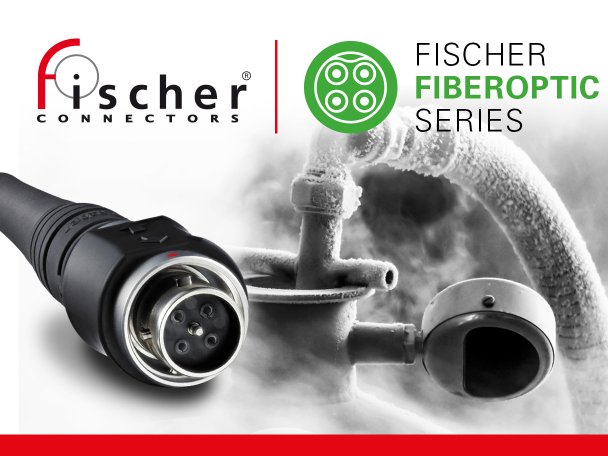New White Paper: “Fischer FiberOptic at Cryogenic Temperatures”
he use of fiber optic sensors in cryogenic conditions is rare: our new white paper presents the performances of a Fischer FiberOptic Series connector when tested at low temperatures (1.9 Kelvin) at the European Organization for Nuclear Research’s (CERN) SM18 test facility. The test results confirm the ruggedness of our connectivity solution, which is able to deliver precision optical performance in cryogenic and other extreme applications.
Authored by Jean-Baptise Gay, Project Manager at Fischer Connectors, this white paper outlines the key factors to be taken into account when using fiber optic sensors in cryogenic environments, e.g. for temperature and strain monitoring in superconducting magnets. These include insertion and return losses and cool-down measurements to determine optical and sealing performance.

